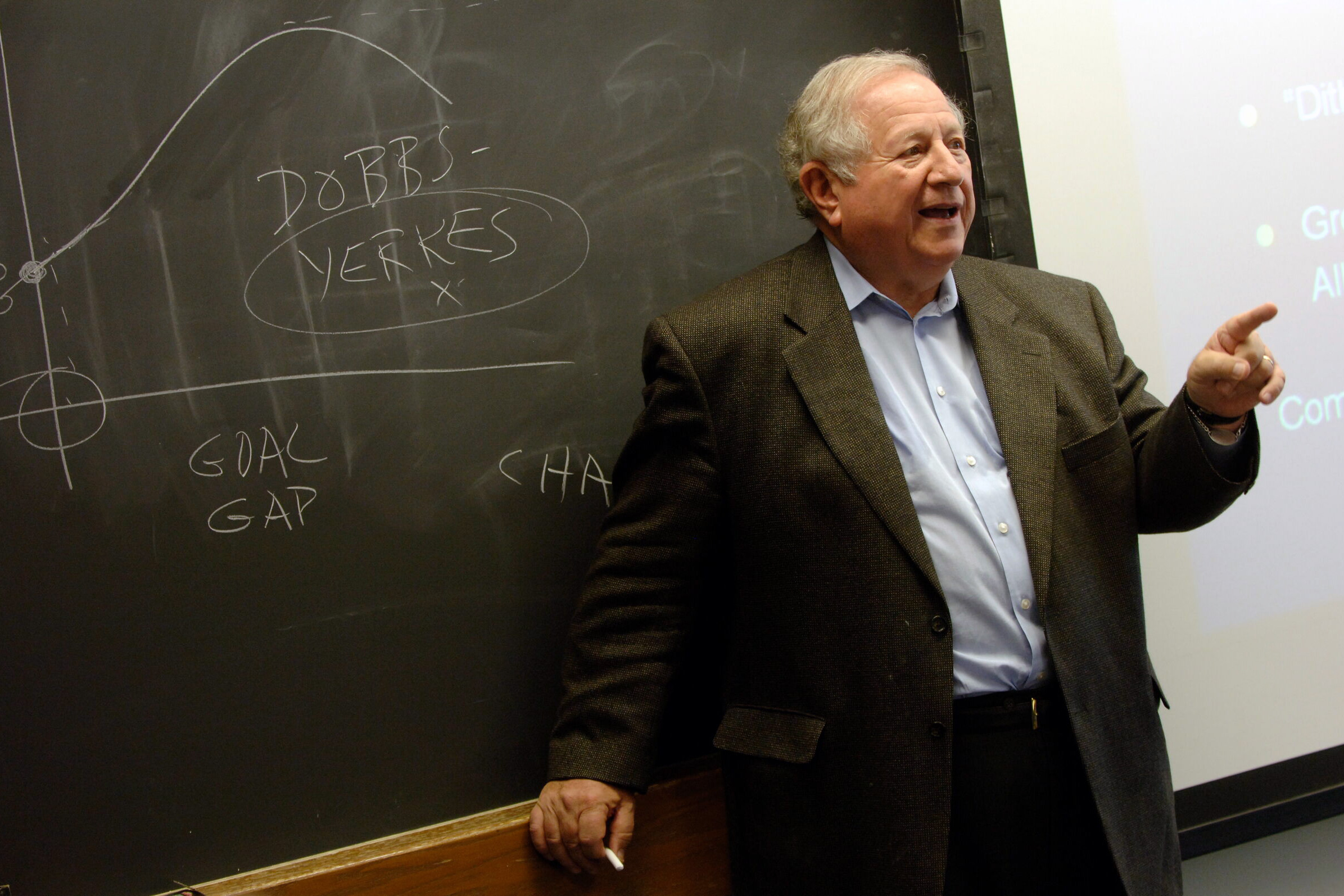Embarking on a freelance web design career means embracing uncertainty. You’ll have to book enough gigs to keep you financially afloat. You’ll also need to weather the ups and downs. Most importantly, you’ll have to adjust to a changing landscape.
Nothing is guaranteed. Thus, I was astonished and amused when the calendar flipped to 2024. This year marks the 25th anniversary of my freelance business. How time flies.
I had no such milestones in mind back in 1999. My goals were relatively simple. I wanted to apply what I’d learned working for others. And I wanted to do things my way. Longevity wasn’t a priority for that 21-year-old kid.
Maybe I’ve beaten the odds. But I’m still working with clients. Some have even been with me for the entire run.
My goal today is to share some valuable lessons I’ve learned. Things that I hope will help you on your journey in this ever-changing industry. Here we go!
You Can Run Your Business Your Way
The world is full of copycats. Freelance web designers are no exception. We look at our peers and want to keep up with them. It’s a competitive field, after all.
Still, blending in makes it hard to stand out. Thus, trying to be like everyone else won’t get you far.
Think about what you want to accomplish. Ask yourself:
- What kinds of projects do I prefer?
- What technologies will I use?
- What’s my ideal work environment?
- What will my work schedule look like?
You can build the business you want. Now, you may need to make some sacrifices along the way. Not everything will go according to plan. However, you have an opportunity to work towards the future you envision.
The same principle applies to marketing. Your website doesn’t have to look anyone else’s. Nor do you have to hide your personality.
Show the world the best version of yourself. And don’t be afraid to do things your way. You’ll position yourself for happiness in the long term.

You’ll Change When the Time Is Right
The web design industry has come a long way in 25 years. We went from hand-coding HTML to content management systems (CMS) like WordPress. We went from employing layout hacks to using native CSS specifications. And that’s just the tip of the iceberg.
There’s a constant pressure to change and adapt. A steady flow of new tools and techniques arrives almost daily. It’s easy to feel left behind.
However, I’ve found that changes occur organically. There’s a time when making a change makes sense. You may outgrow your current workflow. Or you might book a project that would benefit from a different approach.
WordPress is a prime example. I didn’t shift my business to WordPress the moment it became popular. I came to it out of need.
Clients began asking for more complex websites. WordPress allowed me to build them more efficiently. Eventually, I decided to focus on it exclusively.
You don’t have to force yourself into changing. Instead, take action when it feels right.

Make Time for Personal and Professional Growth
Busy freelancers can become overwhelmed with projects. Spending all of your time working could lead to burnout. Not to mention fewer opportunities to learn.
It’s easy to fall into this trap. Making money and crossing items off your to-do list are priorities. But at what cost?
We rely heavily on our brains. Crafting designs and writing code requires mental fitness. A tired mind is less creative and less productive.
You need space to breathe. But no one will tell you to slow down. The responsibility is yours alone.
Schedule some time out of the office. That could be anything from a vacation to a daily walk. It’s a chance for a mental and physical reset.
Also, consider the importance of education. Learning a new skill or improving an existing one makes you better. It raises confidence and increases your earning potential.
The idea is to be mindful of your time. Use it wisely and allow yourself to rest and grow.

Be Careful Who You Work With
There is a temptation to book every gig that comes your way. On the surface, it makes sense. You build websites. The client needs a website. Everybody’s happy.
Freelancing is a long-term commitment, however. The project you accept today could be with you for years. Sometimes that’s a positive. But it can also be a drag on your business.
The issue can take a couple of forms. One is the classic “difficult” client. They’re picky and argue about every dollar. You dread your encounters with them. Do you want to be stuck in this situation for a decade or more?
On the other side, not all projects will fit your business. Maybe it uses a tool you no longer work with. Or the revenue doesn’t match the required effort.
It’s OK to be choosy when it comes to clients. So, keep the future in mind when considering a project. A little foresight can save you a lot of headaches.

Customer Service Makes All the Difference
There is no shortage of web designers out there. Everyone from freelancers to agencies is looking to boost their bottom line. And there are only so many projects to go around.
There’s a myth that you must be the best designer or coder to succeed. Sure, skill and talent mean a lot. However, clients may not be able to discern your skills from others. To them, you might be one of many options.
Therefore, the customer experience is another way to stand out. Give your clients more than they expect. It will keep them happy and encourage them to refer others to you.
Providing top-notch customer service is easier than you think. For example, these simple practices can make a positive impact:
- Answer client inquiries promptly and politely;
- Be honest with your project assessments;
- Explain technical concepts in plain language;
- Listen to your clients and help them determine their needs;
- Keep an open line of communication;
- Deliver on your promises;
Customer service can pay dividends for years to come. And it’s as important as any technical skill.
Some of your competitors don’t measure up in this area. Take advantage and give yourself an edge.

The Freelance Experience Is What You Make It
Being a freelancer takes a lot of effort. You must be willing to earn your way to success. And you’ll have to start building from the ground up.
However, you’ll also have a chance to define your vision for success. From there, you can craft a plan to achieve your goals. It could take years.
Thus, the lifestyle may not be a fit for everyone. But it’s possible for those who want to make that commitment. I’m living proof.
What will freelancing look like in another 25 years? Will I still be working then? Time will tell. My experiences so far have given me hope.
Good luck – wherever you are in your freelance journey. Keep going and make the most out of the opportunity. Take time to celebrate your milestones – you’ve earned it!
Related Topics
Top

